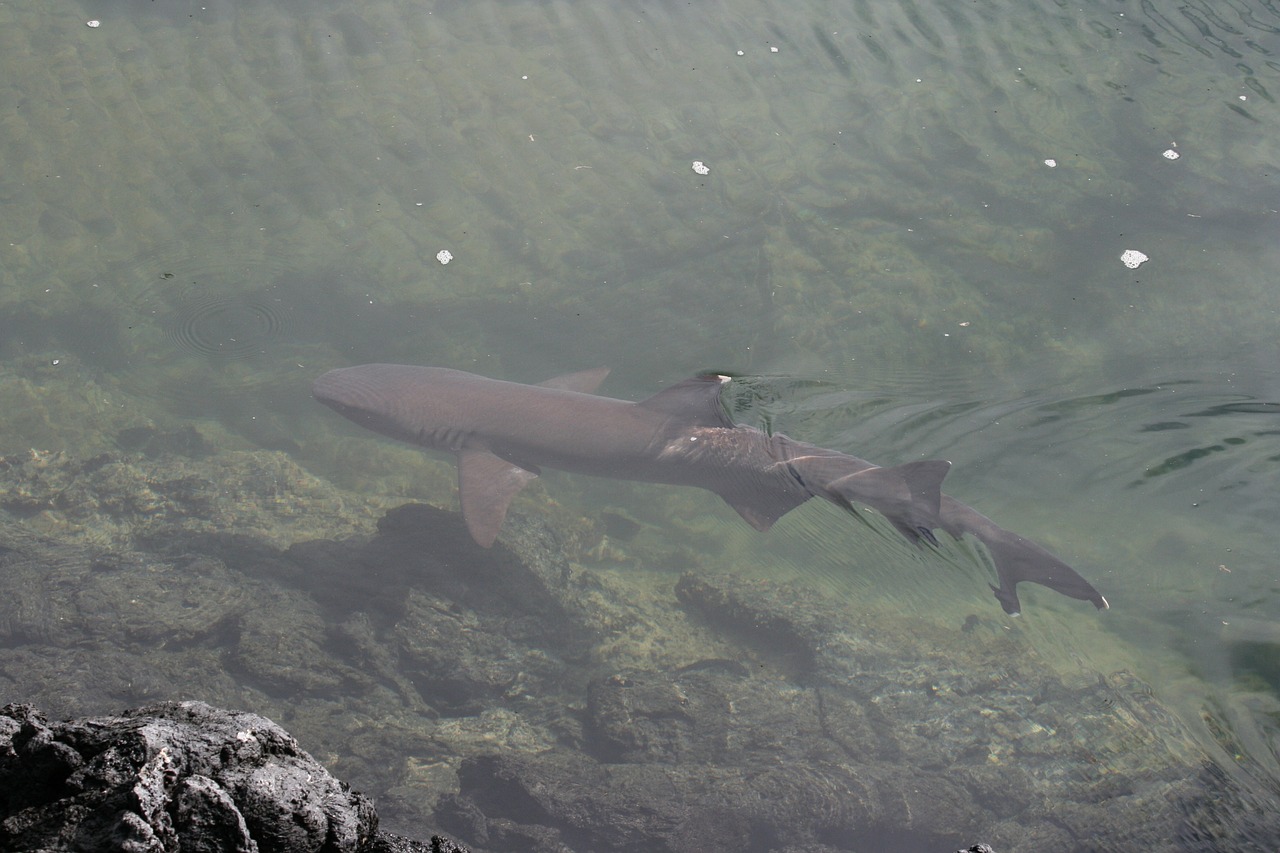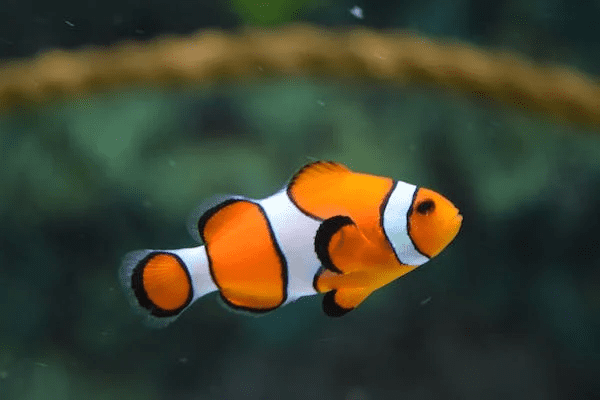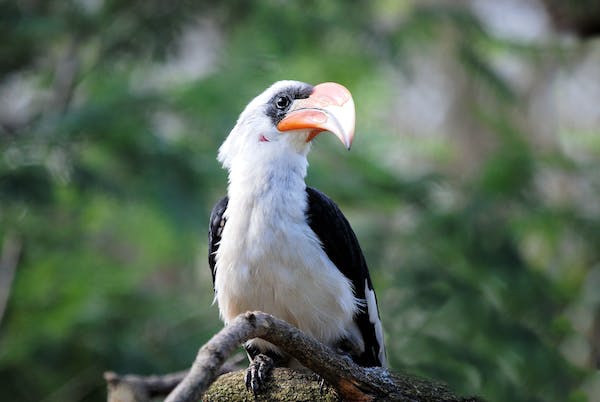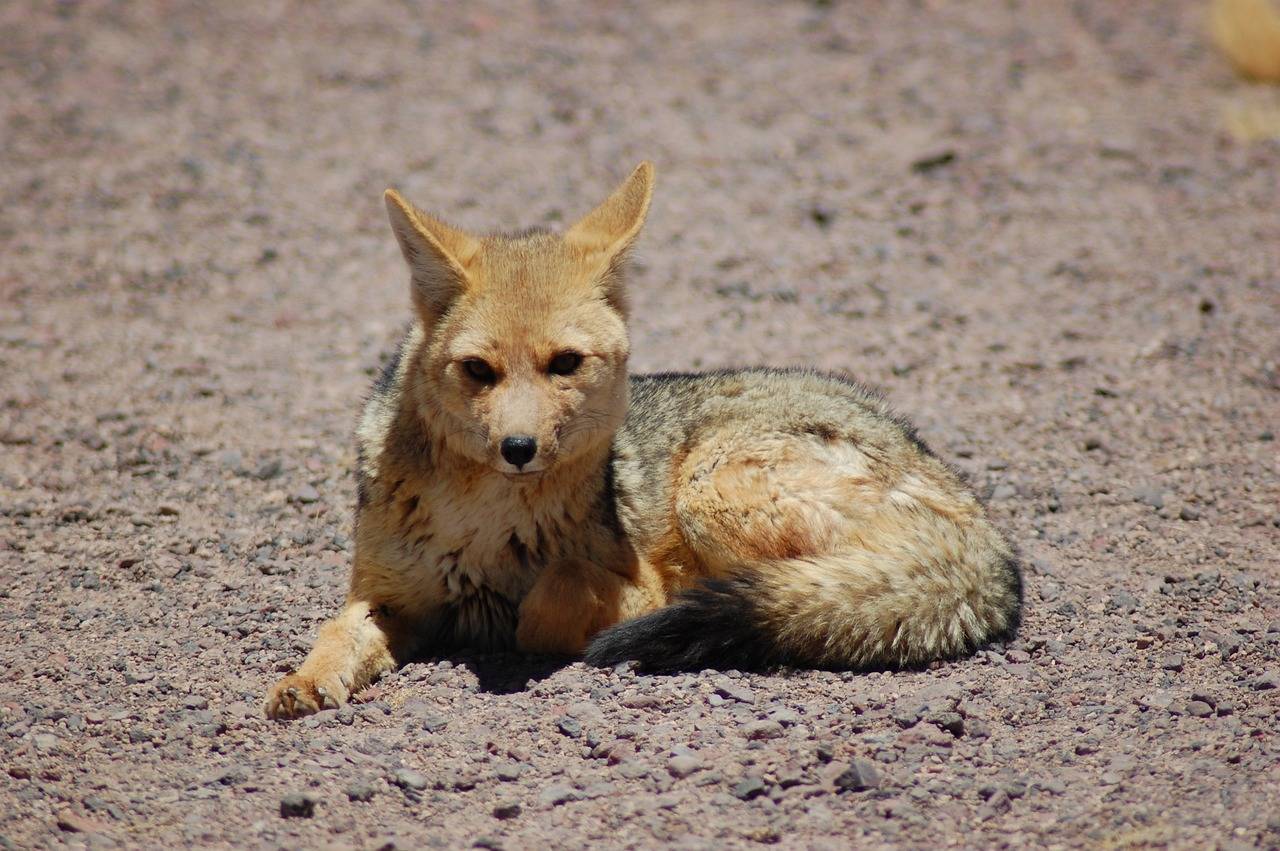Introduction
The Neotropical otter, also known as the Neotropical river otter, is a fascinating species that inhabits the waterways of Central and South America. We will explore the Neotropical otter lifespan, habitat, predators, traits, size, diet, lifespan, distribution, and the important subject of conservation efforts of the Neotropical otter in our article.
Neotropical Otter Habitat
Neotropical otters are primarily aquatic creatures, and their habitat revolves around freshwater environments such as rivers, lakes, and streams. They are adaptable animals that can thrive in a variety of habitats, including tropical rainforests, swamps, and marshes.
These otters are particularly skilled at navigating both slow-flowing and fast-flowing waters, showcasing their versatility in different aquatic ecosystems.
Predators of Neotropical Otters
While Neotropical otters are formidable hunters themselves, they do face threats from various predators. Common predators of Neotropical otters include large birds of prey, such as eagles and vultures, as well as larger carnivores like jaguars and caimans. These predators pose challenges to otter populations, particularly to young or vulnerable individuals.
Neotropical Otter Characteristics
Neotropical otters exhibit distinctive features that make them well-adapted to their aquatic lifestyle. They possess a sleek, streamlined body, webbed feet for efficient swimming, and a muscular tail that aids in steering through the water.
Their dense fur helps insulate them from the cold, and their nostrils and ears can be closed when submerged, allowing them to hunt and swim underwater with ease.
Neotropical Otter Size
On average, Neotropical otters are medium-sized carnivores. Adult individuals typically range in length from 2 to 3 feet, with their tail adding an additional 1 to 1.5 feet. Males are generally larger than females, but the size can vary among individuals and populations.
Neotropical Otter Diet
Neotropical otters are opportunistic carnivores, preying on a diverse range of aquatic animals. Their diet includes fish, crustaceans, amphibians, and even small mammals. Their hunting strategy involves stalking prey from the water or diving to catch it, showcasing their remarkable swimming and diving abilities.
Neotropical Otter Lifespan
In the wild, Neotropical otters typically have a lifespan of around 8 to 10 years. However, factors such as predation, habitat loss, and human activities can significantly impact their longevity. In captivity, where they are shielded from many natural threats, Neotropical otters may live longer, sometimes reaching up to 15 years.
Distribution and Where Neotropical Otters Live
Neotropical otters are found across a wide range of countries in Central and South America, including Brazil, Argentina, Venezuela, and Colombia. They are highly adaptable and can be observed in various aquatic habitats, from pristine rivers in remote areas to urban water bodies.
Unfortunately, the encroachment of human activities and habitat destruction threaten their populations.
Conservation Efforts for Neotropical Otters
The Neotropical otter faces numerous threats, primarily stemming from habitat loss, water pollution, and conflicts with humans. Conservation initiatives are crucial for safeguarding their Populations. Efforts focus on protecting their habitats, implementing sustainable fishing practices, and raising awareness about the importance of preserving these remarkable creatures and the ecosystems they inhabit.
The health of Neotropical otter populations can be influenced by various factors, and their well-being is subject to both natural and human-induced elements. Here are some key considerations regarding the health of Neotropical otters:
1. Habitat Quality
Healthy otter populations are often indicative of a balanced and thriving ecosystem. Adequate freshwater habitats with clear water, suitable prey availability, and minimal pollution contribute to the overall well-being of Neotropical otters.
2. Human Impact
Human activities, such as habitat destruction, pollution, and overfishing, can negatively impact the health of Neotropical otters. Deforestation, urbanization, and agricultural practices can lead to the degradation of their natural habitats, affecting both the quantity and quality of available resources.
3. Water Quality
Otters react very quickly to changes in the quality of the water. Polluted water bodies can expose them to contaminants that may affect their health. Chemical pollutants, including pesticides and industrial runoff, can have detrimental effects on otter populations.
4. Availability of Prey
The health of Neotropical otters is closely linked to the abundance and diversity of their prey. Changes in the availability of fish, crustaceans, and other aquatic species can impact their nutritional intake and overall health.
5. Human-Wildlife Conflict
Interactions with humans, whether through accidental entanglement in fishing gear, vehicular accidents, or deliberate harm, can pose significant threats to Neotropical otters. Conservation efforts often focus on minimizing such conflicts to ensure the well-being of otter populations.
6. Disease and Parasites
Like any wildlife species, Neotropical otters can be susceptible to diseases and parasites. Monitoring their health involves studying potential impacts from pathogens and parasites, as well as understanding how these factors might be influenced by changes in the environment.
7. Climate Change
Shifts in climate patterns can affect the availability of water resources and impact the overall health of freshwater ecosystems. Neotropical otters, as dependent on these ecosystems, may face challenges due to changes in temperature, precipitation, and water flow.
Conclusion
The Neotropical otter, with its unique characteristics and adaptations, plays a vital role in maintaining the health of freshwater ecosystems in Central and South America. As we learn more about this species, it becomes imperative to actively engage in conservation efforts to ensure the continued survival of the Neotropical otter and the preservation of the diverse environments it calls home.







Many people use their lotteries to raise money for important initiatives
that improve education, open public infrastructure and societal services.
When you have fun with the lottery, you’re helping to account these programs while you
finance your own desires of winning it big. Have a great time and good luck!